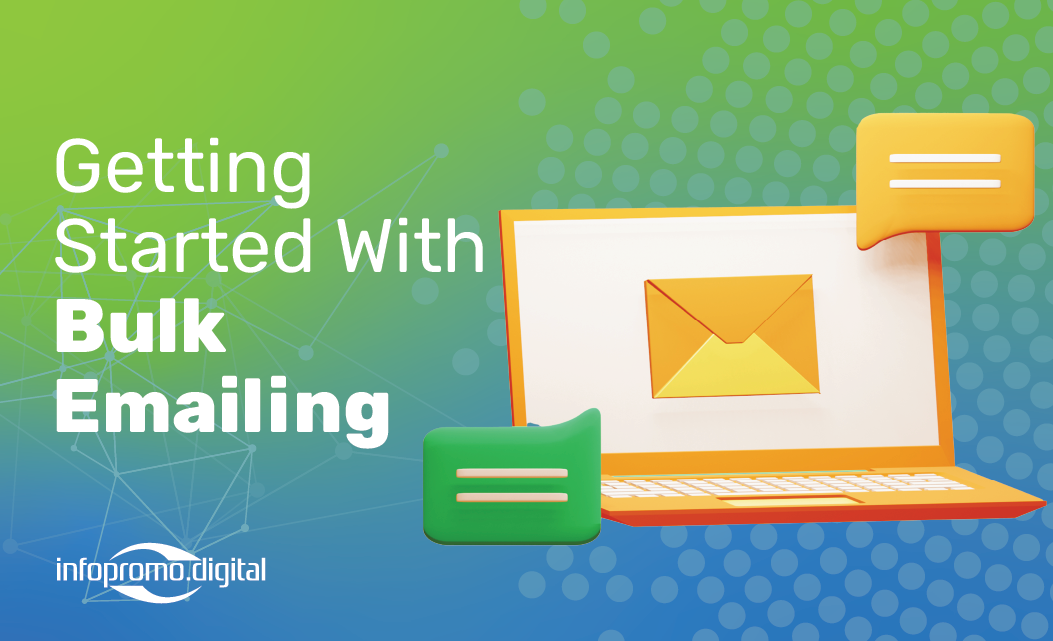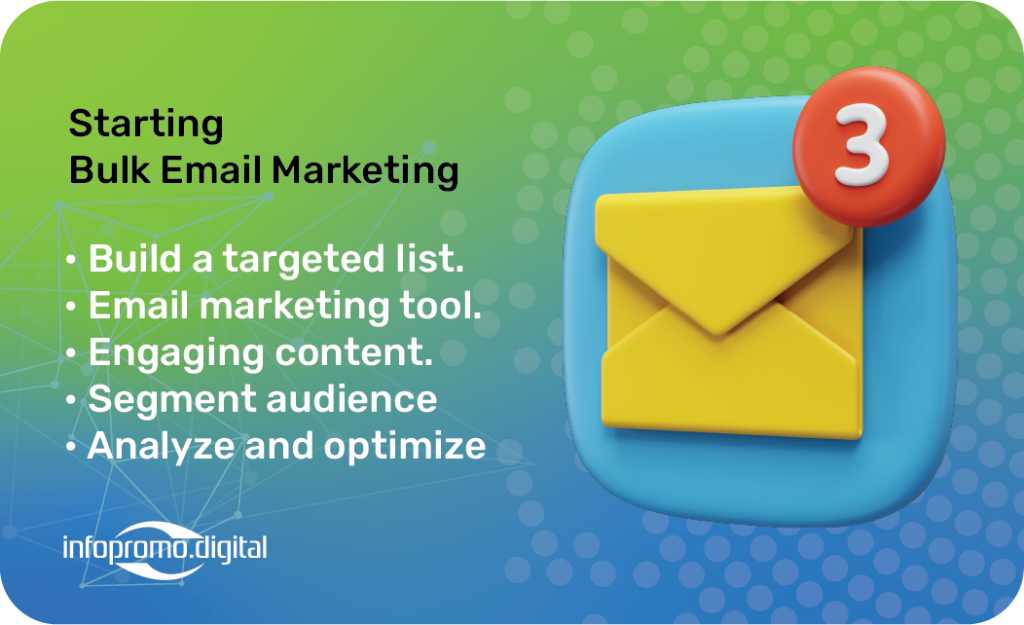
Email marketing remains one of the most effective ways to reach and engage your audience. Whether you’re a small business or a large enterprise, bulk emailing can significantly boost your marketing efforts. This guide will walk you through the essential steps to get started with bulk emailing, offering insights into strategies, tools, and techniques to ensure your campaigns are successful.

Understanding Bulk Emailing
Bulk emailing involves sending a large volume of emails to a targeted list of recipients. It’s a powerful tool for marketing campaigns, newsletters, and announcements. To begin, you need to understand the basics of email marketing and why it’s crucial for your business.
Setting Up Your Email List
Your email list is the foundation of your bulk emailing campaign. Start by collecting email addresses through sign-up forms on your website, social media, and in-person events. Ensure that you have permission from recipients to send them emails to comply with regulations like GDPR and CAN-SPAM.
Choosing the Right Email Marketing Tool
Several email marketing tools can help you manage your bulk email campaigns efficiently. Popular options include Mailchimp, Constant Contact, and Sendinblue. These platforms offer features like customizable templates, list management, and analytics to track your campaign’s performance.
Crafting Your Email Content
Content is king in email marketing. Create engaging, relevant, and valuable content for your audience. Your emails should have a clear and compelling subject line, personalized greetings, informative body content, and a strong call-to-action (CTA). Personalization is key; using the recipient’s name and tailoring the content to their interests can significantly improve engagement rates.
Segmenting Your Audience
Segmenting your email list allows you to send targeted messages to specific groups within your audience. Segmentation can be based on various factors such as demographics, purchase history, or engagement level. This approach ensures that your emails are relevant to each recipient, increasing the likelihood of interaction.
Scheduling and Sending Emails
Timing is crucial in email marketing. Analyze your audience’s behavior to determine the best times to send your emails. Most email marketing tools offer scheduling features that allow you to automate the sending process. This ensures your emails reach recipients at the optimal time, even if you’re not available to hit send manually.
Analyzing Campaign Performance
Tracking the performance of your email campaigns is essential to understand what’s working and what needs improvement. Key metrics to monitor include open rates, click-through rates, conversion rates, and unsubscribe rates. Use these insights to refine your strategies and enhance future campaigns.

Ensuring Deliverability
To ensure your emails reach your audience’s inbox, focus on deliverability. Avoid spammy content, maintain a clean email list, and authenticate your emails with SPF, DKIM, and DMARC. Regularly monitor your sender reputation and avoid practices that could get your emails marked as spam.
Staying Compliant
Adhering to email marketing regulations is crucial. Familiarize yourself with laws like GDPR, CAN-SPAM, and CASL. Ensure that your emails include an easy way for recipients to unsubscribe and that you’re only sending emails to those who have opted in.
Continuous Improvement
Email marketing is an ongoing process. Continuously test different elements of your emails, such as subject lines, content, and send times. A/B testing can provide valuable insights into what resonates most with your audience, helping you refine your approach and achieve better results over time.
By following these steps, you can master the art of bulk emailing and leverage this powerful tool to enhance your marketing efforts. Remember, successful email marketing requires a combination of strategy, creativity, and ongoing optimization.




